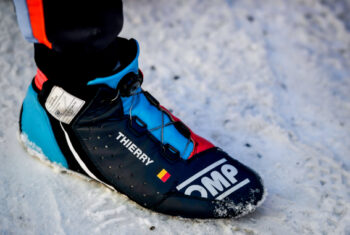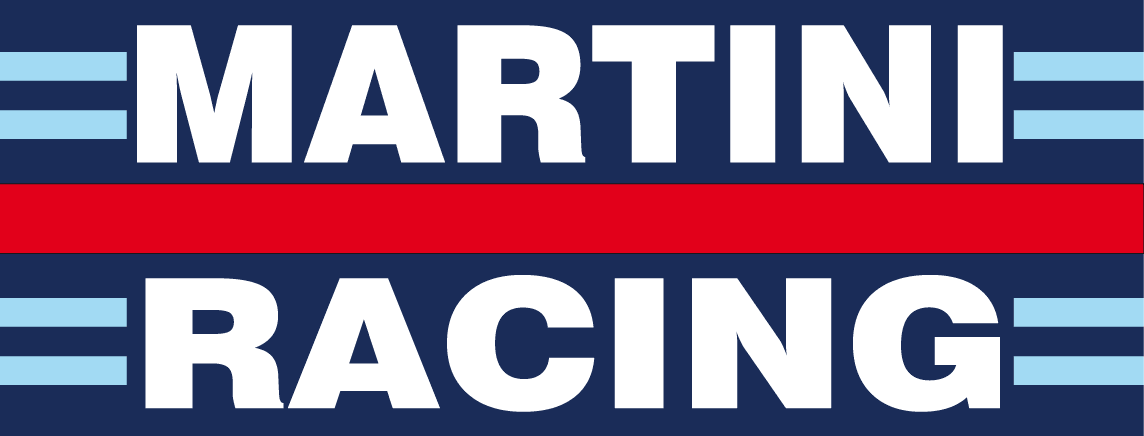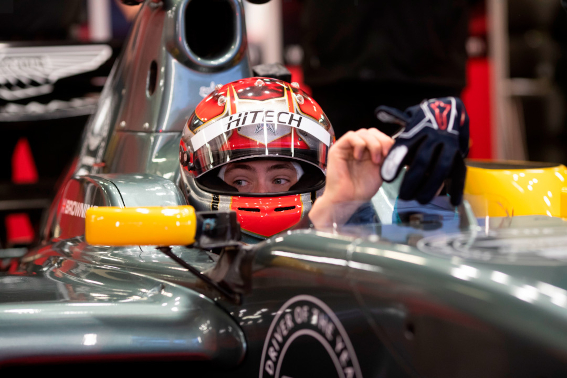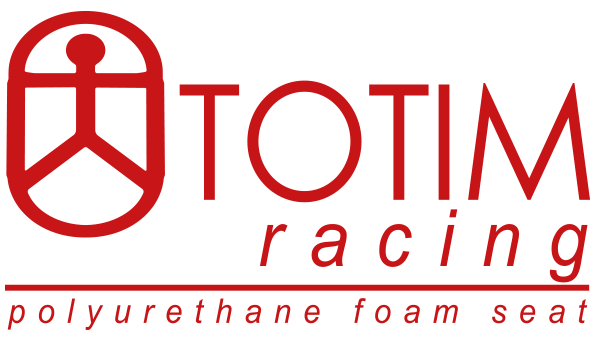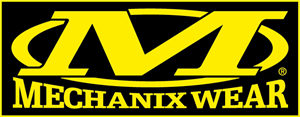
Race Boots Buying Guide: Everything You Need to Know
Complete Buying Guide for Race Boots
When it comes to motorsports, one of the most essential pieces of equipment is race boots. They not only provide comfort but also play a crucial role in ensuring safety and enhancing driving performance. Whether you’re into circuit racing, rallying, or drag racing, having the right pair of boots can make a significant difference. Here’s a detailed guide that covers everything you need to know before purchasing race boots:
1. Safety Standards and Certifications
When choosing race boots, safety should be your top priority. Ensure that the boots meet the required safety standards for motorsports. These certifications ensure that the boots can provide adequate protection in the event of a crash, fire, or other accidents.
FIA Certification: The FIA (Fédération Internationale de l’Automobile) is the global governing body for motorsports, and they set stringent safety standards for race gear. Look for boots with an FIA 8856-2018 or FIA 8856-2000 certification, which indicates they meet fire-retardant standards and are built to resist high temperatures.
SFI Certification: For those racing primarily in North America, SFI (SFI Foundation Inc.) certification is another mark of safety. An SFI 3.3/5 rating is common for race boots, meaning they’ve passed tests related to heat, flame resistance, and overall protection.
Without these certifications, you might not be allowed to participate in many official races, and you’d be compromising your safety.
2. Materials and Construction
Race boots are specifically designed to protect your feet while providing precise control over the pedals. The material and construction are important factors that directly affect comfort, durability, and performance.
Outer Material:
- Leather: Most high-quality race boots are made of leather, particularly suede or full-grain leather. Leather offers excellent durability, breathability, and protection.
- Nomex®: A fire-resistant synthetic fiber that’s often used in conjunction with leather in FIA and SFI-certified boots. Nomex® offers superior heat resistance and can withstand intense conditions.
Inner Lining:
- Nomex® Lining: Most race boots feature an inner layer of Nomex® for added fire resistance. This is essential to protect your feet in case of a fire inside the vehicle.
- Breathable Mesh: Some race boots have mesh linings to help with airflow and wick away moisture. This is helpful for long races or hot weather conditions.
Sole Construction:
- Thin Rubber Soles: Racing requires fine pedal control, so race boots feature thin, flexible rubber soles to give you a better feel for the pedals. The thinner the sole, the more precise your movements will be.
- Oil-Resistant Soles: In some racing environments, especially pit lanes, spills are common. Oil-resistant soles provide better grip and prevent slipping.
- Anti-Vibration Technology: High-quality boots sometimes have soles designed to reduce vibrations from the car, adding comfort during extended races or track days.
3. Fit and Comfort
A proper fit is crucial for performance and comfort. Race boots should feel snug but not tight, allowing for precise control of the pedals. Here’s what to consider for fit:
Sizing: Always consult the manufacturer’s size guide, as sizing can differ between brands. If possible, try on boots or purchase from a retailer that allows returns or exchanges.
Tightness and Support: Look for a boot that is snug but not overly restrictive. The boot should cradle your foot, particularly around the ankles, for support. Some boots offer ankle padding or reinforced ankle cuffs for added protection and support.
Weight: Lightweight boots reduce fatigue during long drives and give you quicker pedal feedback. High-quality racing boots are typically lightweight without compromising protection.
Flexibility: Ensure the boots offer some level of flexibility, especially around the ball of your foot. You’ll want to be able to modulate pressure on the pedals with precision.
Insoles: Some boots come with removable insoles that can be swapped out for custom inserts, providing a better fit or more arch support for those with specific needs.
4. Lace or Velcro Closure?
Race boots generally come with either lace-up or Velcro closure systems. Each has its own pros and cons:
Lace-Up Boots: Provide a secure, customizable fit. You can adjust the tightness to your preference, and they are usually more adaptable to different foot shapes. However, laces can become untied, which may require attention during a race.
Velcro Boots: Velcro closures are quick and convenient, providing fast adjustments and ensuring the boots stay securely in place. Some boots even combine laces with a Velcro strap for enhanced stability. Velcro is also easier to operate when wearing gloves.
5. Heat and Fire Resistance
Fire resistance is a crucial factor in motorsport safety. High-quality race boots should be designed to withstand flames and intense heat, protecting your feet from burns in case of a fire.
Multi-Layer Protection: Look for boots with multiple layers of fire-resistant materials like Nomex®. This is important in case flames penetrate the outer material.
Seam Design: Reinforced and strategically placed seams help prevent wear and tear in high-stress areas, while also keeping heat from seeping through vulnerable points in the boot.
6. Pedal Feel and Grip
Race boots need to offer a superior feel for the pedals, as precision is everything in motorsport. Features that contribute to better pedal control and grip include:
Thin Soles: A thinner sole ensures better pedal feel. This is critical for tasks like heel-toe downshifting and controlling throttle, brake, and clutch with finesse.
Grippy Soles: While soles need to be thin, they also should be highly grippy to provide the right amount of traction on the pedals. Look for boots with textured rubber outsoles for extra grip.
Brand and Price Considerations
There are many brands to choose from, and price ranges can vary dramatically. Some of the top manufacturers of race boots include:
Sparco: Known for offering a wide range of boots, from budget-friendly options to high-end FIA-certified models.
Alpinestars: Provides a mix of style, comfort, and top-level safety, with a focus on lightweight and flexible designs.
OMP: Offers boots with strong FIA safety ratings and a reputation for durability and comfort.
When it comes to price, expect to pay anywhere from £100 to £500 or more, depending on the brand, features, and certification level. It’s best to invest in a quality pair of boots, as this can be a long-term purchase if maintained properly.
Race Boot Brands Available at GPR
9. Maintenance and Care
To ensure your race boots last a long time and maintain their protective properties, regular maintenance is important.
Cleaning: Gently clean your boots after each race with a soft brush and mild soap. Avoid harsh chemicals, as these can break down the fire-retardant materials.
Drying: Never put your boots in direct sunlight or in a hot dryer. Instead, let them air dry in a cool, dry place. Stuffing them with newspaper can help them dry faster while maintaining their shape.
Storage: Store your race boots in a cool, dry place when not in use. Keep them away from excessive heat, which can degrade materials like Nomex®.
10. Testing and Comfort Trials
Before committing to a pair of boots, test them thoroughly:
Walk Around: Make sure the boots feel comfortable when walking. The heel should stay in place, and there shouldn’t be any pinching or excessive rubbing.
Simulate Pedal Movements: Try pressing down on pedals or simulate the movements you’d make during a race to check for flexibility, fit, and comfort.
7. Where to Buy
Race Wear at Grand Prix Racewear
Final Thoughts
Race boots are an essential piece of safety gear for any motorsport enthusiast. When selecting the perfect pair, ensure they are FIA or SFI certified, provide the right balance of comfort and protection, and are made from high-quality materials. Always test for fit and flexibility, and ensure that the boots provide the pedal feedback you need for precise control. While price may be a factor, investing in a reliable and certified pair of race boots could make all the difference in your safety and performance on the track.
By following this guide, you’ll be well-prepared to choose the right race boots for your motorsport needs!
VISIT OUR SILVERSTONE SHOWROOM AT THE HOME OF BRITISH MOTOR RACING
The GPR showroom houses a massive range of products and is open through the year, 7 days a week in season.
We stock a massive range of race, rally & kartwear including driver and mechanic suits, race underwear, boots and gloves from international leading brands like Alpinestars, Sparco, OMP and Sabelt. There’s an extensive range of open and full face helmets for racing, rallying and karting from Bell, Arai and Stilo, as well as a large selection of leisure and luggage items. You’ll also find some cracking products from our GPR Electric range including scooters and dirt bikes, as well as seasonal in-store exclusive special offers.
The GPR showroom occupies two floors of our prestigious 10,000 square feet facility, located just outside the main entrance of the world-famous Silverstone Circuit, the home of British Motorsport. Minutes from Milton Keynes, an hour from Birmingham and just 90 minutes from the centre of London, we are easily accessible from the A43, M1 and M40.
GPR does not claim the copyright to all images used in this blog. When copyright is unknown, we have not been able to seek permission for image use and will remove immediately any infringing content upon request.

